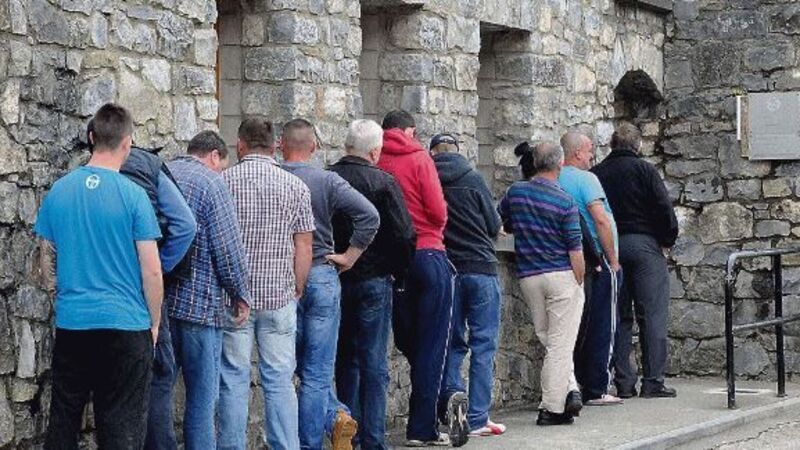Report reveals towns worst hit by recession and shows poverty rates double that in cities

They are also suffering more from unemployment and population loss, and the proportion of households where nobody has a job is one in three compared to one in five in the cities.
The struggles in provincial towns — home to 1.5m people — are revealed in a research project by Teagasc that looks at 302 towns and rural districts with populations or more than 1,500.












